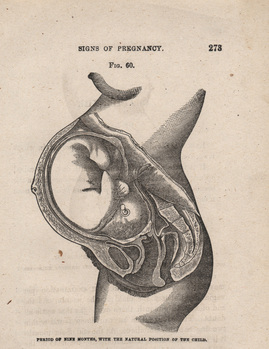
Incidence and consequences of Occiput Posterior (OP):
- 15-30% present posterior at onset of labor
- 5% presentation at delivery
- 5.5% of OP accounts for 12% of all cesarean deliveries for lack of progress or dystocia
- 7 fold increase in the incidence of 3-4th degree perineal tears (into anal sphincter)
Why are babies malpositioned?
Cultural Habits:
- Slouching
- Crossing legs
- Sitting too much, driving
- Standing with pelvis imbalanced
- Too little or too much exercise
- Sport injuries/falls
- Motor vehicle accidents
- Assault
- Fears
What can we do about it?
- Stand & Sit in alignment
- Release tension in your hip flexors and pelvic floor
- Walk 3-5 miles a day

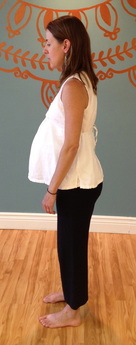
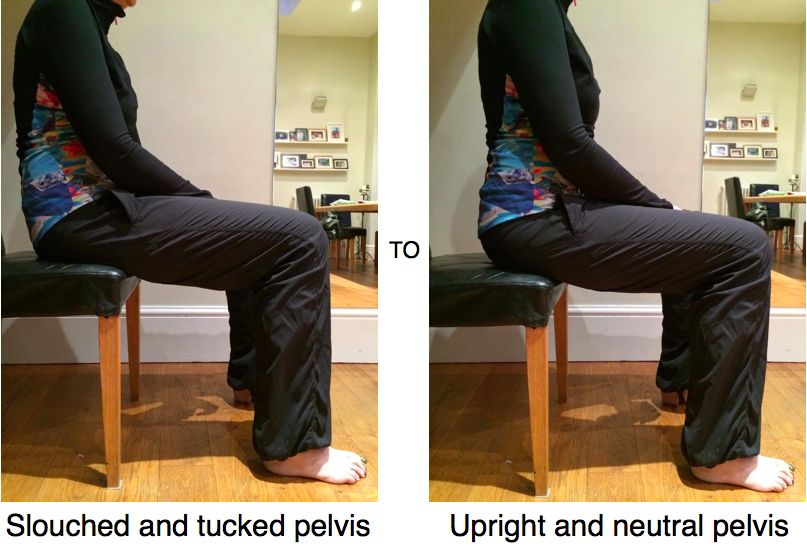
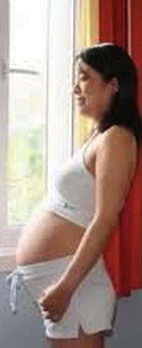
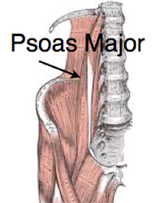







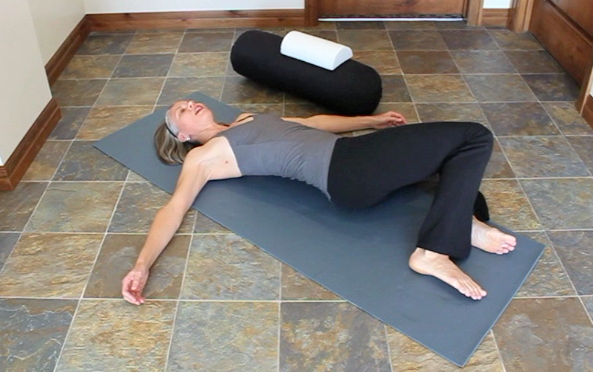



 RSS Feed
RSS Feed